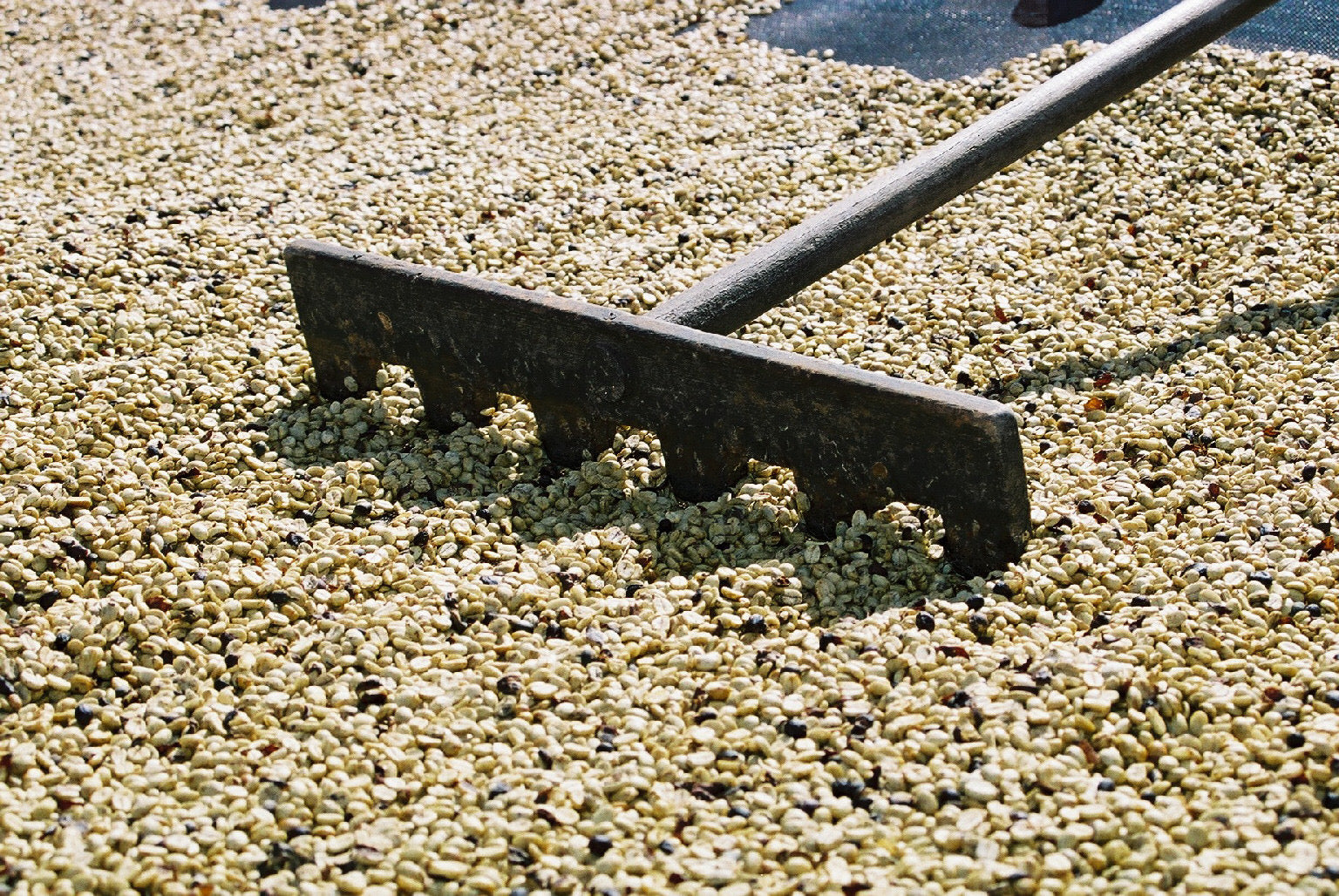Written by Carlos Bertin
Before the grinder there was the pestle and mortar. Both the Arabs and Ottomans highly revered a good pestle and mortar. The move towards motorized grinders made a coffee grinder a sound investment for the family home, since it could grind much finer, which people took as a sign that less coffee would be needed to make a brew. Mostly manufactured in Germany and France, the first machines for use at home appeared in the 1920s.

Blade Grinders x Burr Grinders
There are some machines that masquerade as coffee grinders, but would be better put to use making a fruit smoothie. The problem with blade grinders is the tendency to smash beans into inconsistently sized pieces, which ultimately makes for inconsistency in extraction and sourness and bitterness in the cup.
Burr grinders produce a more uniform grind size than blade grinders, which is good news for extraction. As an example, an espresso machine demands finely ground coffee because it cannot achieve the necessary pressure that true espresso requires using coarsely ground coffee. Similarly, a French press will provide poor extraction for very fine ground coffee, meaning that a coarser grind is better. In short, It is far better to spend a little extra and get a burr grinder to achieve grind uniformity.
Uniformity is all about how similar, or dissimilar, the grind particle sizes are from each other on any given grinding setting. Uniformity is critical in coffee preparation, just as it is in cooking. Did you try to roast a nugget potato and a russet potato in the same oven at the same temperature and time? If you cooked a quail egg, a hen egg and an ostrich egg in a (large) pan of boiling water for three minutes, the quail egg would be overcooked, the ostrich egg undercooked, and the hen egg about right. The same principles apply to grinding and brewing coffee. A broad range of grinding particles is bad, as it means the very fine particles over extract and the very large particles under extract.
The finer the grind, the higher the surface area of the coffee during brewing. Greater surface area means a quicker extraction, because the water has better access to the flavorful compounds that the coffee holds. Unfortunately not all coffees should be treated equally in the grinder. Darker roasts are more brittle in the grinder, and you may need to grind a little coarser. Equally, if the coffee is from a higher altitude than you typically drink - for example, you’ve been drinking a delicious coffee from Brazil, and then you switch to as coffee from Kenya - you may need to go finer in your grinder for the high grown coffee.
Grinding your coffee according to your brewing method will make a much better cup! For more information, please visit our learning page on how to brew the perfect cup of coffee.
Happy Brewing!
Selected References:
Brillat-Savarin, Jean Anthelme - The Physiology of Taste - 1825
Hoffman, James - The World Atlas of Coffee - 2014
Stephenson, Tristan - Barista’s Guide to Coffee - 2015
Specialty Coffee Association - www.sca.coffee - 2022


